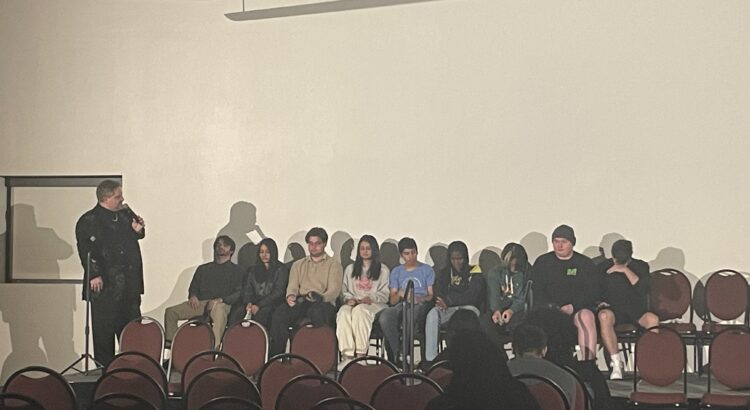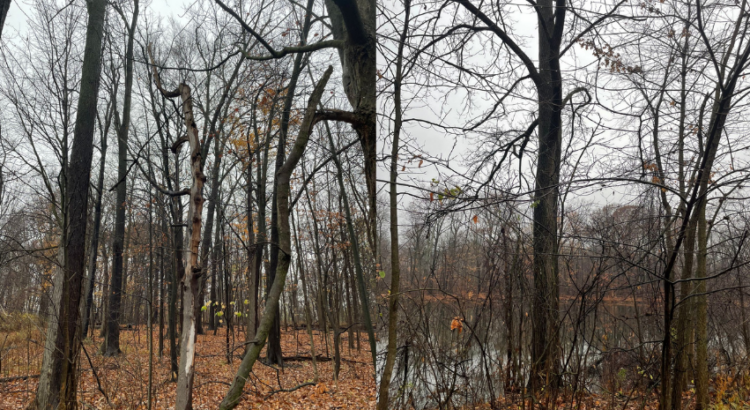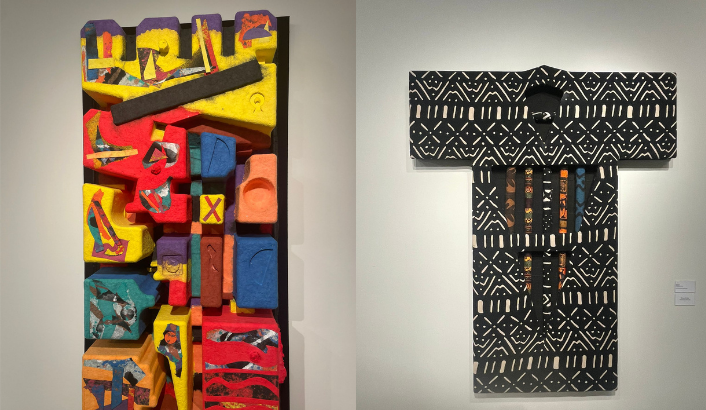
The Look-Alike Dance Performance, presented by IGSAB, transformed Kochoff Hall into a stage for some of the most captivating performances of the night on January 24th. This unique event challenges dancers to embody the styles and personas of iconic performers, paying tribute while adding their own artistic flair. With a lineup of around a dozen participants, each dancer was either preselected or volunteered to represent a well-known figure, ranging from Bollywood superstars to classical legends. Some performances were solo acts, while others featured duets or group numbers, creating a dynamic and diverse showcase of talent.

Rohan Mehta delivered an electrifying performance inspired by Bollywood superstar Hrithik Roshan, known for his foot-tapping numbers and effortless moves. The moment Rohan stepped on stage, he exuded confidence, and his dynamic presence instantly captured the audience’s attention. His footwork was razor-sharp, every turn executed with finesse, and his energy never wavered.
What set Rohan apart was not just his ability to replicate Hrithik’s style but his command over the stage. He didn’t just perform; he owned every beat, letting the rhythm drive his movements. His transitions between power moves and fluid sequences kept the audience engaged, and his charisma added a natural flair that made the performance all the more compelling.
However, at times, the transitions between sequences felt slightly abrupt, making certain parts of his act seem less seamless than they could have been. Despite this minor flaw, Rohan’s presence and energy made up for it, and the crowd responded with resounding applause. His ability to engage the audience and maintain his stamina throughout a demanding routine spoke volumes about his dedication to the craft.

On the other end of the spectrum was Sana Malik, who embodied the grace and elegance of Madhuri Dixit in Dola Re Dola. As she stepped onto the stage, adorned in a flowing green and gold costume reminiscent of Devdas, a wave of excitement rippled through the audience.
Her performance was a masterclass in classical dance, marked by delicate yet powerful movements. Every footstep was placed with precision, her hand gestures flowed effortlessly, and her expressions told a story that resonated with the audience. Unlike the high-energy performances of the night, Sana’s act was all about finesse; she captivated not through speed or power but through sheer artistry and control.
While her technical execution was flawless, adding a bit more audacity—stretching her movements farther, expanding her presence on stage—could have made an already stunning performance even more powerful. Classical dance thrives not only on precision but also on projection. Still, her mastery over the art form was undeniable, and she left the audience in awe.
Both Rohan and Sana brought something uniquely beautiful to the stage—one with raw, explosive energy and the other with poised, classical elegance. Together, they embodied the true essence of the Look-Alike Dance Performance: movement, talent, and transformation.
More than just a showcase of mimicry, the event was a celebration of dance as a performing art, blending cinematic inspiration with personal expression. As the night came to a close, the energy in the room remained high, a testament to the lasting impact of these unforgettable performances.














